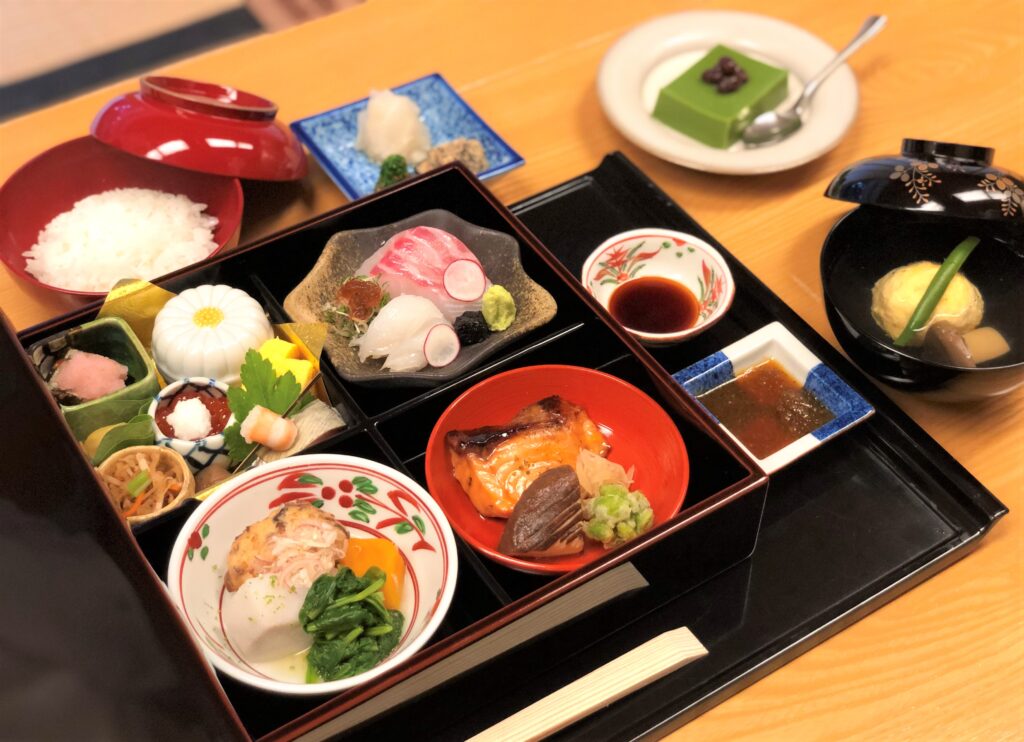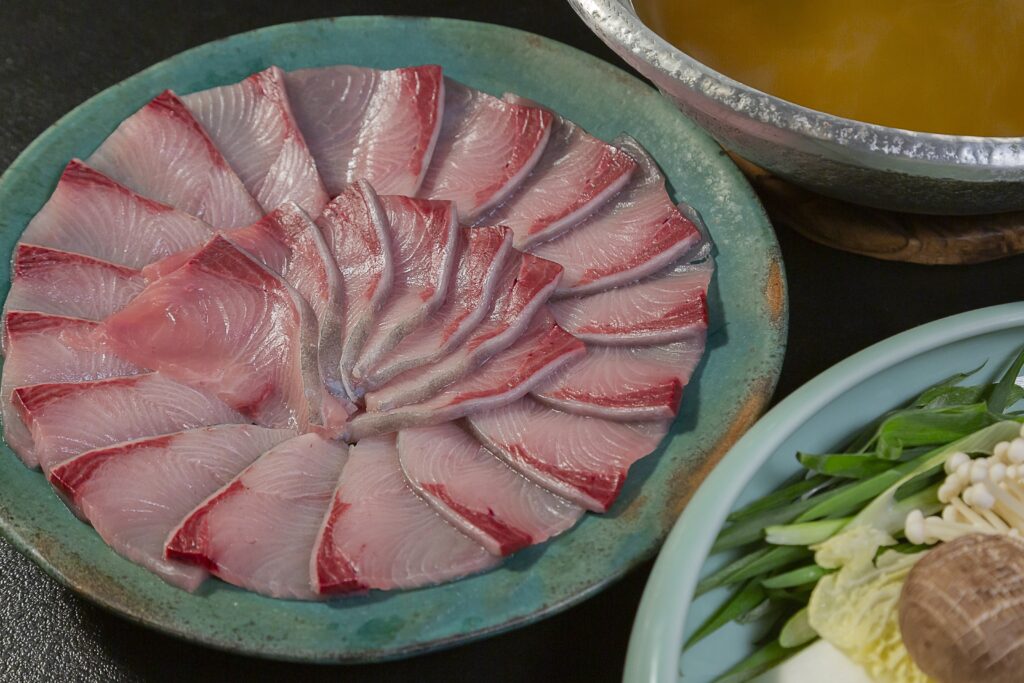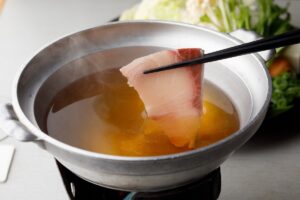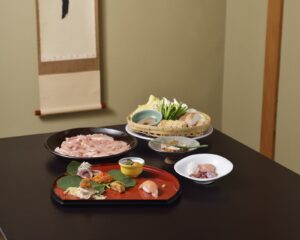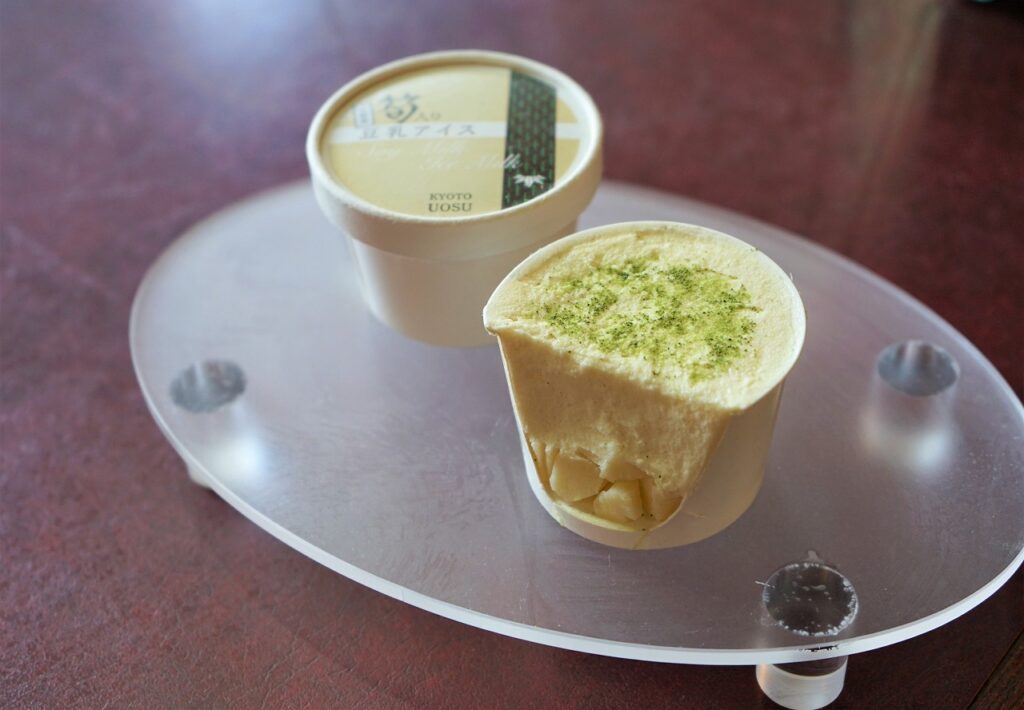Nagaokakyo, 10 minutes from Kyoto Station, is an area famous for bamboo production. Bamboo shoots are cultivated with care and effort as they are highly nutritious. They are a luxurious ingredient of cuisine across Japan. Bamboo stalks are used for crafting utensils, household objects, and interior items.
In the spring, you can enjoy delicious cuisine made with fresh bamboo shoots! If you travel to Nagaokakyo, we recommend trying bamboo shoot sushi.
At the Kyoto cuisine restaurant Uosu, the second-generation owner has created a dish called “Takenoko Sugata Sushi” (stuffed bamboo shoot sushi), which allows guests to enjoy bamboo shoots all-year-round. This type of sushi is very refreshing and aromatic – you can feel the tender texture of the bamboo shoots and the fragrance of yuzu citrus!
A very filling, delicious dish, bamboo shoot sushi can also be enjoyed by those who can’t eat fish. This healthy sushi is made by stuffing bamboo shoots with sushi rice, resulting in a dish that tastes great and looks very appealing.
While at Uosu, make sure to try their soy milk ice cream with bamboo shoots, too! This delicious soy milk ice cream will be unlike anything you’ve tasted before. It contains flavorful pieces of bamboo shoots and is topped with a thin layer of bamboo leaf powder. The ice cream is not too sweet, has an extremely pleasant flavor and a texture that is quite unique. Don’t miss out! Check the Uosu’s official website for details.
Uosu Kyoto Cuisine
At the Kyoto cuisine restaurant Uosu, the second-generation owner has created a dish called “Takenoko Sugata Sushi” (stuffed bamboo shoot sushi), which allows guests to enjoy bamboo shoots all-year-ro …
